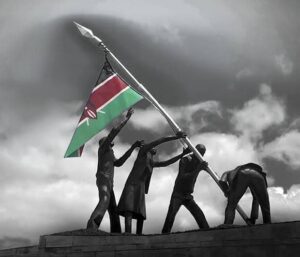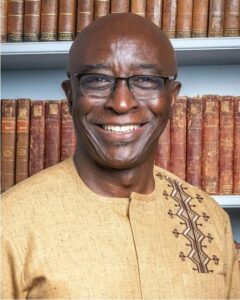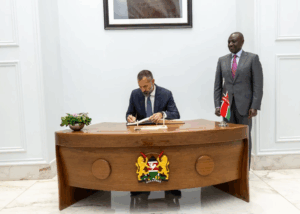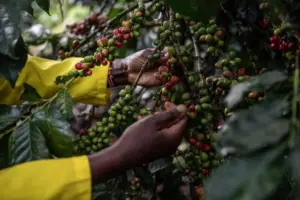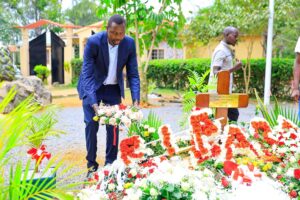Reflections at Kang’o ka Jaramogi: Remembering Raila Odinga, the Statesman Who United a Nation
“Kenya has lost a leader, but history has gained a legend” Silah Koskei Terigin ,Director Governor’s Press, Uasin Gishu County.
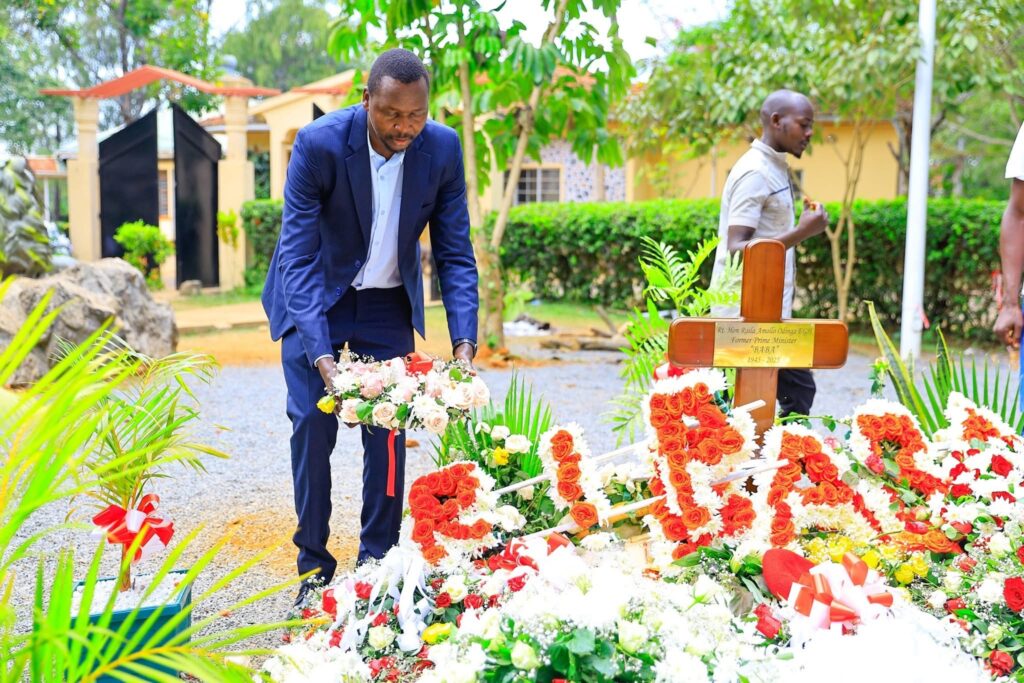
By Silah Koskei Terigin | Director, Governor’s Press, Uasin Gishu County
Published: October 25, 2025
In this reflection, journalist-turned-public servant Sila Terigin revisits the life and legacy of Raila Amolo Odinga (1945–2025) — Kenya’s former Prime Minister and democracy icon — whose courage, humility, and belief in unity continue to define the nation’s political soul.
Visiting the resting place of the late Rt. Hon. Raila Amolo Odinga at Kang’o ka Jaramogi was a deeply emotional experience—one that stirred memories of a man whose voice, presence, and ideals helped shape the conscience of our nation.
Standing at his grave in Bondo, I could almost feel the weight of his legacy in the still air—the echoes of a life lived in pursuit of justice, unity, and equality.
As a journalist, I had the rare privilege of covering Raila’s visits to the North Rift on numerous occasions. Our bureau chiefs, Jacob Ng’etich and Vincent Bartoo, often trusted me and my colleagues with those assignments—knowing that covering “Baba” required both political insight and patience. His arrivals were always marked by energy and anticipation. Flanked by his trusted aides, with Kipkorir Menjo ever in quiet control, Raila would stride out to greet the crowds, radiating charisma and ease.
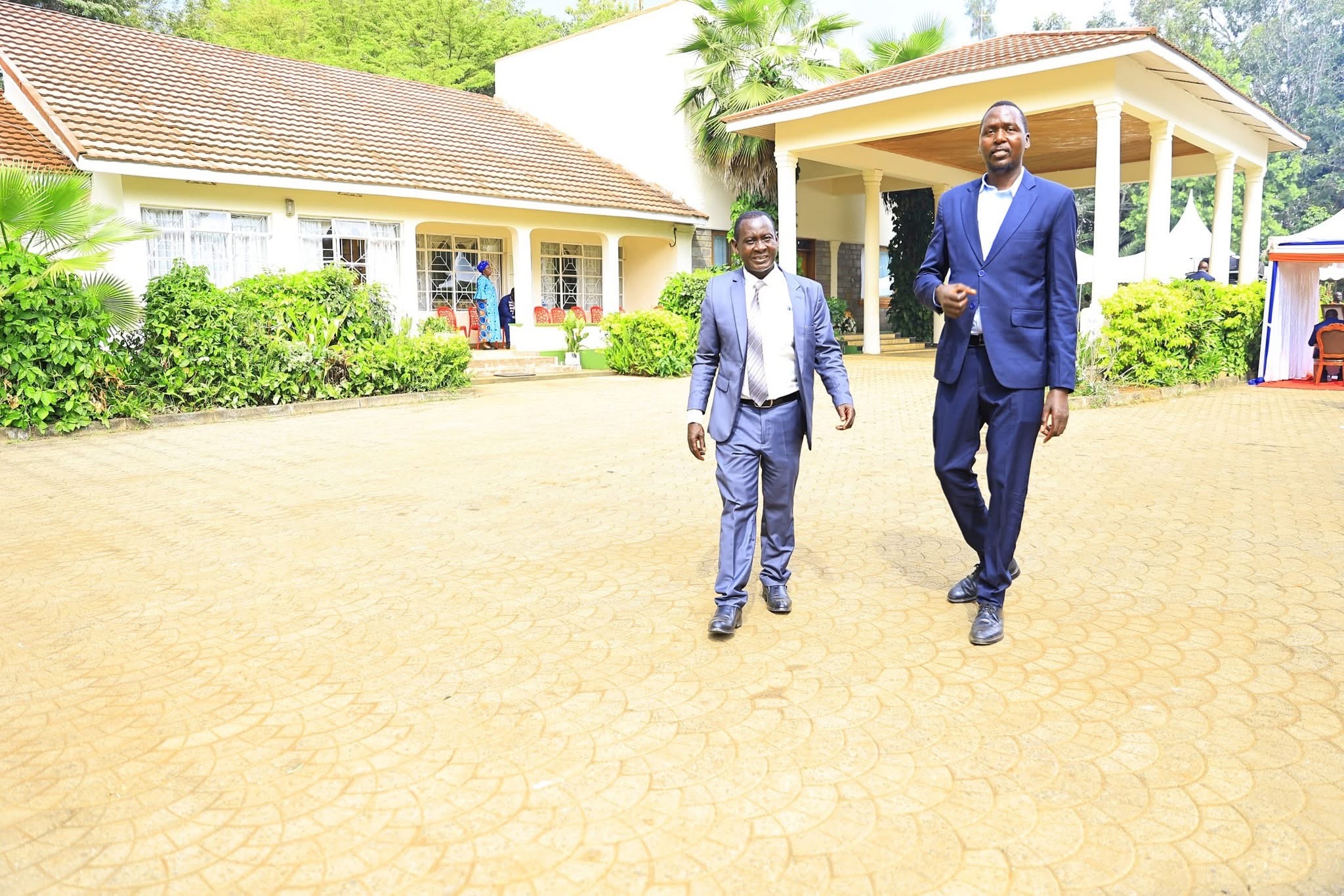
When we needed an interview, my colleague Ochieng’ always seemed to have the key—literally and figuratively. A simple signal, a soft word to the right person, and soon Raila would appear, smiling warmly, ready to speak his truth.
He was generous with journalists, never dismissive. For him, the press was not an adversary but an ally in nation-building. His respect for media freedom made our work easier, and his stories always made the front page—not because he sought fame, but because he embodied it.
A Cultural Icon Beyond Politics
But Raila was more than a political figure. He was a cultural icon. I still remember the Tobong Lore festivals in Lodwar—vibrant, colorful celebrations that he never missed. When Raila arrived, the drums beat louder, the songs grew bolder, and the people’s joy became infectious.
He had that rare ability to make every Kenyan feel seen, regardless of tribe, language, or class. His was a leadership rooted in humanity, compassion, and cultural pride.
As I laid flowers at his resting place, I thought of the countless lives he touched and the dreams he carried for this country. Here lay a man who bore the hopes of generations, who endured detention and political defeat yet never abandoned his quest for a better Kenya.
The Final Journey
According to The Guardian and The Standard, Raila Odinga—Kenya’s former Prime Minister and longtime opposition leader—passed away on October 15, 2025, while receiving treatment in India following cardiac arrest.
His death marked the end of an era. From his imprisonment during the single-party era to his central role in ushering in Kenya’s 2010 Constitution, Raila’s political journey was defined by sacrifice, courage, and an unwavering belief in democracy.
At his Opoda Farm home in Bondo, the atmosphere remains charged with emotion but also unity. Visitors from across Kenya, from every region and community, continue to arrive to pay their respects.
Conversations, laughter, and tears mingle freely. Mama Ida Odinga, strong and composed, receives them all with grace—a reflection of the same resilience that defined her husband’s public life.
Why Raila Odinga’s Legacy Still Matters
Raila’s influence endures because he represented more than opposition politics; he represented a moral compass. He proved that power without principle is empty, and that true leadership is rooted in service, not status.
Even in his passing, his story challenges Kenya’s political class to rise above division and self-interest.
He was never afraid to lose an election if it meant standing for what he believed in. That rare brand of conviction—unyielding, consistent, and people-centered—is what set him apart.
His political life was often polarizing, but his ideals were unifying. Raila believed in a Kenya that belonged to all, not a few.
As I reflect on my encounters with him—from the campaign trails to quiet moments after rallies—I am reminded that greatness is not measured by how long one holds power, but by how deeply one influences hearts and minds.
Raila Odinga may have been laid to rest, but his vision continues to breathe through the spirit of a nation still learning to walk the path he paved—toward justice, inclusivity, and unity.
His voice may have fallen silent, but his message still echoes across valleys and hills, in newsrooms and classrooms, in Parliament and in the hearts of ordinary Kenyans.
And standing there at Kang’o ka Jaramogi, one truth settled within me:
Kenya has lost a leader, but history has gained a legend.
Editor’s Note:
Raila Amolo Odinga (1945–2025) served as Kenya’s Prime Minister from 2008 to 2013 and was a five-time presidential contender. His death in October 2025 marked the passing of one of Africa’s most influential democratic figures, remembered for his lifelong fight for multiparty governance, equality, and unity.
Author Bio:
Silah Koskei Terigin is a communications professional and the Director at the Office of the Governor, Uasin Gishu County. A former journalist, he covered national politics for more than a decade and remains passionate about leadership, governance, and civic communication.

